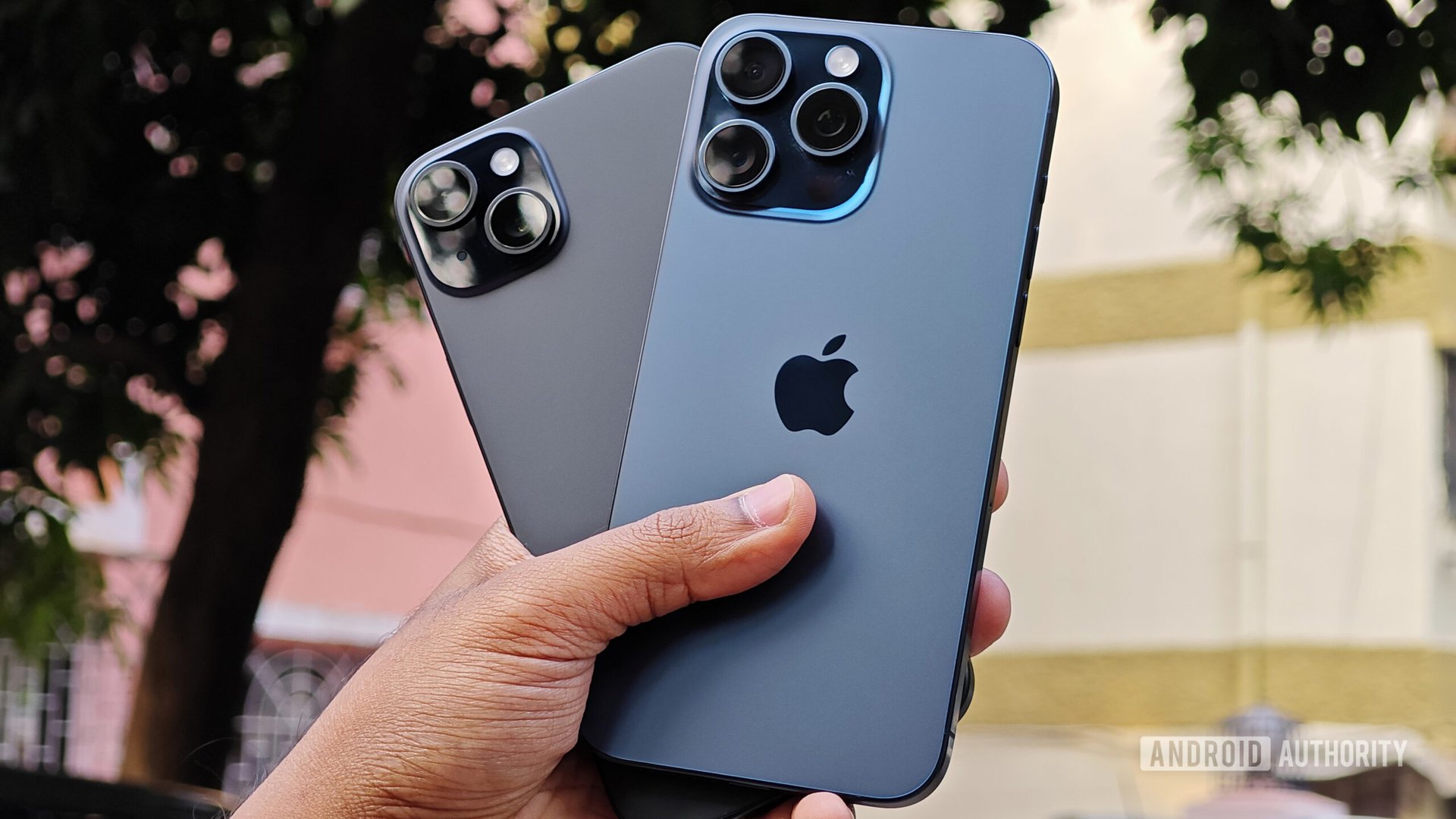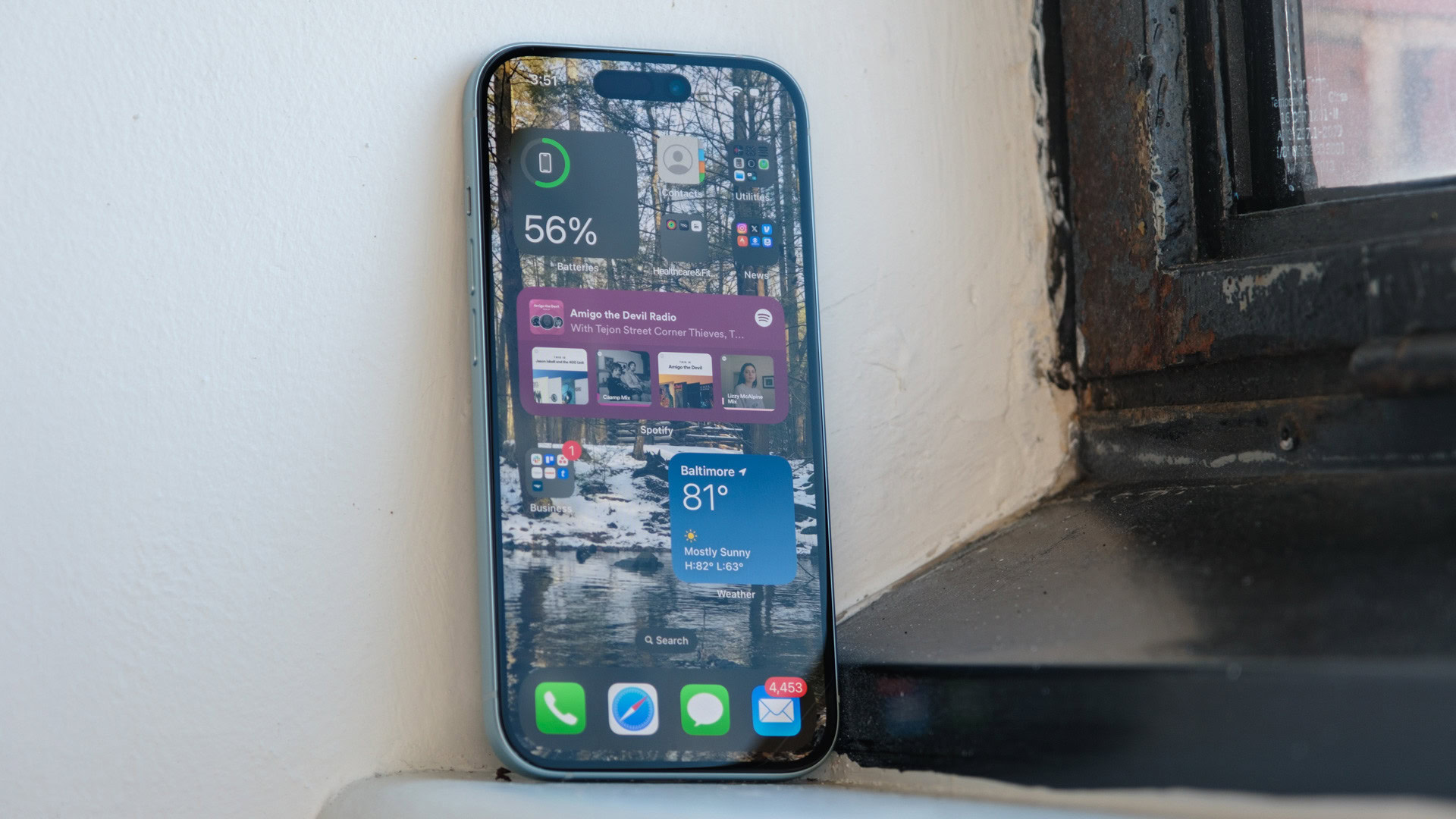Affiliate links on Android Authority may earn us a commission. Learn more.
iPhone notifications not working? Here's how you can try to fix it
Published onFebruary 20, 2024
Apple is sometimes loathe to admit it, but notifications are one of the key features of all its platforms, not just the iPhone. People will barely interact with some apps as long as they’re delivering the right notifications at the right times. If your iPhone’s notifications aren’t working, here’s what may be going on, and what you can do to get those alerts flowing again.
JUMP TO KEY SECTIONS
Why aren’t my iPhone notifications working?

There are a variety of possible reasons. Some tend to be obvious — such as a weak or non-existent data connection — but Apple gives you such control over notifications that flipping a setting or two can have a large impact. It may be that notifications for key apps are switched off, for example, or that you’ve accidentally enable a Focus mode that blocks some or all alerts. If you’re not hearing anything, you may have accidentally muted your iPhone or set volume too low.
How to fix iPhone notifications that aren’t working

If you’re not sure what’s going wrong, we recommend going through these troubleshooting steps in order. We’ve arranged them in a diagnostic fashion, starting with things that are easy to check and/or rule out. More complicated and/or drastic options have been saved for last. If a particular idea seems likely to work, though, feel free to skip ahead.
- Make sure you have a strong cellular or Wi-Fi signal. While it’s uncommon, it is possible to end up in a situation where you have enough reception for phone calls and texts, but too little for data. If you’re on a cellular connection, try switching to Wi-Fi when a hotspot is available. If you’re already on Wi-Fi, simply getting closer to your router should help, since notifications consume very little bandwidth.
- If you’re expecting audio alerts, make sure your iPhone’s mute switch is off. Something that is common is for people to toggle their mute switch (or action button, in the case of the iPhone 15 Pro) to reduce distractions, but then forget to flip it again later. It’s even possible to toggle it by accident. Note that usually, you’ll at least get vibration alerts unless you’ve disabled those too (see below).
- Check sound and vibration settings. If sounds are too quiet and/or you’ve disabled vibrations, you’re probably going to miss most notifications. Go to Settings > Sounds and Haptics and make sure the Ringtone and Alerts slider is set to an audible level. Under the Haptics menu, choose Always Play or Play in Silent Mode.
- Disable Do Not Disturb or any similar Focus modes. Just as people sometimes leave the mute switch on by accident, they can also forget to disable Do Not Disturb or other Focus modes that are meant block most or all notifications. Swipe down over your battery indicator to open Control Center, and toggle off the button with Do Not Disturb, Sleep, or any other Focus mode you’ve set up. You may want to customize options in Settings > Focus to make your modes less restrictive and/or adjust any scheduling you’re using.
- Turn off Low Power Mode and/or Low Data Mode if you have them on. It shouldn’t matter that much, usually, but if one of these modes is active, it may be unduly limiting the notifications you’re expecting. You can toggle Low Power Mode using the battery icon in Control Center, or else by going to Settings > Battery. The only way to control Low Data Mode is via Settings > Cellular > Cellular Data Options > Data Mode.
- Doublecheck that Background App Refresh is on. If this feature is off, apps can’t do much of anything unless you have them open. Go to Settings > General > Background App Refresh, and verify not just that Background App Refresh is on as a whole, but that the toggles are green for every app you care about.
- Change the Display As style for notifications. In iOS 16 or later, you can go to Settings > Notifications and choose to view notifications in Count, Stack, or List form. List makes sure every notification is clearly visible, but tends to fill up the Notification Center. Count only displays the number of notifications you have, so the best option is frequently Stack, which piles notifications together but still lets you quickly cycle through them.
- Check the notification settings for individual apps. By going to Settings > Notifications > [app name], you can toggle all notifications on or off for a particular app, or exercise more nuanced control. That includes disabling sounds and/or badges, as well as choosing where banners are allowed to appear. By default, most apps are set to use both sounds and badges, and show banners everywhere they’re supported.
- Update your iPhone’s apps. While it’s unlikely, there’s a non-zero possibility that bugs are preventing one or more apps from delivering notifications properly. Open the App Store, tap on your profile icon, then tap Update All to force all available updates to download. You can update apps individually too if you think it’s just a particular one giving you grief.
- Scan for iOS updates. Even less likely is that a glitch with iOS is hampering notifications. It’s not impossible however, so head over to Settings > General > Software Update to see if a new version is available. Before any iOS update, be sure your device is backed up, connected to Wi-Fi, and charged to at least 50% power. In fact, it’s often best to leave your iPhone charging while an update is in progress. Set aside at least 15 to 30 minutes too, because the download can take a while, and your iPhone will be briefly out of commission during installation.
- Restart your iPhone. Normally this option would come earlier in an iPhone troubleshooting guide, but a reboot shouldn’t have any effect on notifications. It’s worth a shot only if nothing else has helped so far. Hold down the side button and one of the volume buttons, then use Slide to power off. Once your iPhone’s screen has gone totally black, you can hold down the side button again to power on.
- Perform a factory reset. We like to refer to this as the “nuclear” option for iPhone troubleshooting. It should always be a last resort, since you’ll have to set up your iPhone again as if it were new, and there’s no guarantee it will actually solve your problems. Once you’re prepared (including any necessary backups), go to Settings > General > Transfer or Reset iPhone > Reset and choose Reset All Settings.